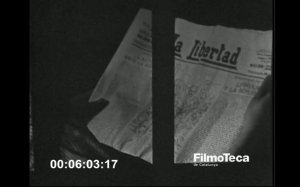
(Catalan): Film humorístic amateur, en el qual l'autor especula, irònicament, amb el significat literal dels diaris de l'època (1934), com per exemple, un presoner està llegint el diari LA LIBERTAD darrera de les reixes de la presó.
Film about the social impact of newspapers in the everyday life of the interwar period. It mixes fiction with documentary styles and warns against the political implication of mass media, especially in relation to their effect on workers, from a conservative perspective. [Description from the Filmoteca de Catalunya catalog]
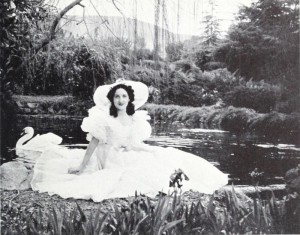
"Whatever that intangible thing called atmosphere may be, Harold E. Remier has created it — out of airy nothings, to judge by what he says — in his astounding photoplay, Diary. Here, in all its hues, in all its beauty, in all its tradition of courtesy and profound courage is the America of the late Nineteenth Century, told through the medium of a woman's devotion. A Southern mansion is the first setting, then the frontier. Fortunes rise and fall as the war flames. Costumes and settings of the 1890's are recreated with fidelity. Wagons collapse in the wilderness; stone houses are built; a silver mine is uncovered. And the cost, for this epic achievement, exclusive of the 8mm. film, was the staggering sum of ten dollars! Diary is particularly noteworthy for naturalness of its lighting. However he managed it, Mr. Remier. with two large flood bulbs, somehow succeeded in making each scene appear to be illuminated by the hand lamps and chandeliers visible within it. The moonlight elopement is glamorously effective; and even candlelight is simulated with success. So, in all, the picture is a distinguished achievement — a portrayal, not only of a past century, but of a part of our American heritage." Movie Makers, Dec. 1940, 577.
"A puppet animation telling the story of Little Mutz, who, after his morning exercises, sets out in his sports car, leaving behind his father who is only interested in his newspaper and their black manservant who plays the banjo and dances. The car falls into a ravine but Mutz, unhurt, tackles the crocodile which then approaches, running it through with his sword. An ape-like, smoke-breathing monster - Nasobem - appears and after dispatching it in a like manner, Mutz returns home. In the next adventure, Mutz rockets into space and lands on Planet X. He finds he is the same size as Annett a porcelain model dancer. At midnight she comes alive and dances to his delight but falls from the shelf and shatters on the floor and Mutz walks off dejected." (EAFA Database)
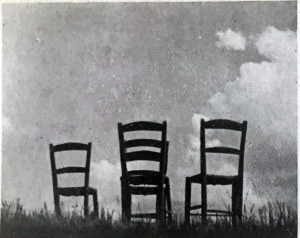
doc. scientifico/scientific documentary
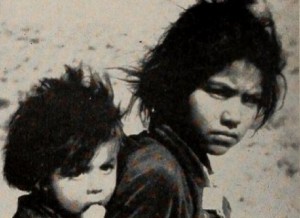
"In Dineh, Henry E. Hird. whose broad sympathies have brought his talents to bear upon so many unselfish projects, has taken up an effective cudgel in behalf of the Navajo Indians in the United States. Dineh, "The People," is the Navajo word for their tribe. Mr. Hird went to the Navajo country with the simple purpose of making a record film of that proud and self reliant Indian people. From what he saw there and from his conversations with many Indian citizens, he became convinced that now, if ever, the Navajos need understanding and practical aid. His film, therefore, not only accomplishes his primary aim — of recording an interesting racial group — but, in scenes and particularly in narrative, it pleads the economic and social case of the Navajos. Mr. Hird's cinematography is of very high order, as is usual in his films. His continuity is intelligent and interesting, and his narrative is a fine plea for a worthy segment of the citizenship of the United States." Movie Makers, Dec. 1947, 514.
"Sid gets eaten by a Tyrannosaurus Rex." UCLA Film & Television Archive.
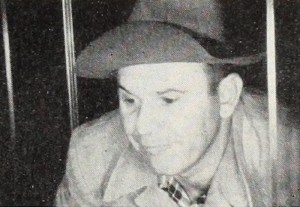
"Cal Duncan, the exuberant extrovert of Lee's Summit, Mo., has, in The Director, turned his high talents for low comedy on our own hobby of amateur movies. Both the hobby and the hobbyist's long suffering friends take quite a beating. In the person of Felix Fogbound, a perennial bird-brain in the producer's cinematic studio, Mr. Duncan combines all of the classic amateur idiocies with a flavoring of Hollywood hokum. His lampooning of personal movies is robust, rowdy and for keeps. When Fogbound swoops his camera in a dizzy pan shot, you have really had it. When he attacks editing with a pot of glue and his thumb-and-forefinger splicing technique, every movie maker will wince with horror. The director is a derisive and delightful burlesque, executed with an almost artless technical competence." Movie Makers, Dec. 1950, 468.
"This film had a strikingly unusual theme and one which was slow to grow upon the spectators. But grow it did, and had the cinematographer-director been able to lavish a bit more attention on the pictorial attractiveness of some of his shots, and had he, as producer, clarified his plot with a few more titles, the film might well have been a winner. It is, however, a notable production, for seldom if ever before has an amateur filmer attempted to put on the screen so unusual a story." American Cinematographer, Feb. 1938, 76.
Total Pages: 299